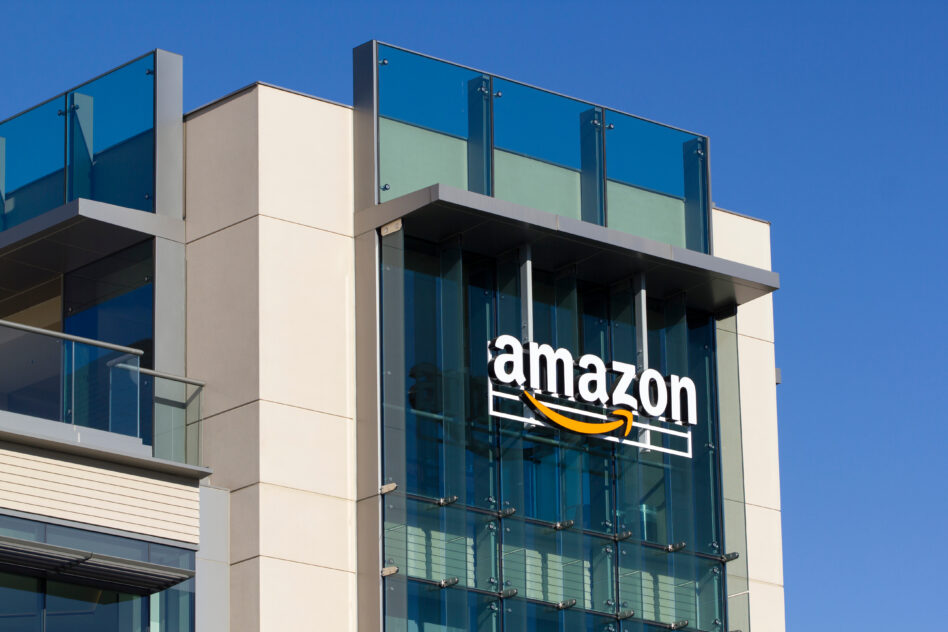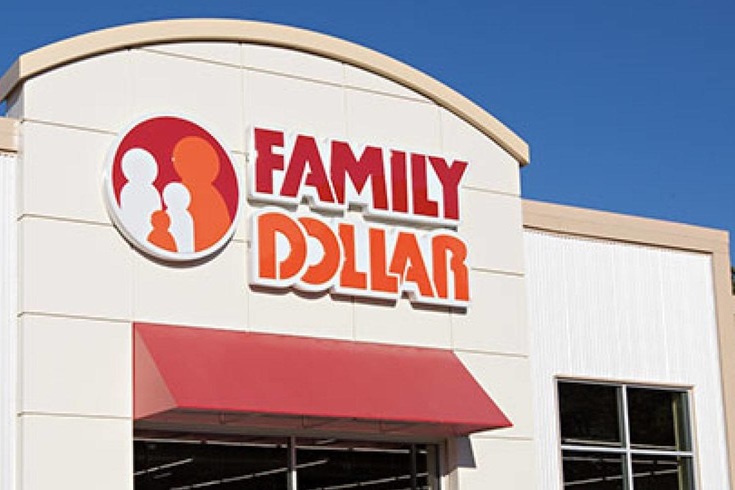
Image Source: Tada Images/Shutterstock.com
Some big changes could be happening at Amazon very soon that would see the e-commerce company becoming liable for the safety of third-party goods sold through its website. An order is currently being prepared by the U.S. Consumer Product Safety Commission that will essentially make Amazon’s online enterprise responsible for all the goods it distributes.
The CPSC argues that Amazon should be treated as a distributors, and as such, all the products sold on Amazon’s platforms should be treated as if they were sold directly by Amazon. To elaborate further, if the order goes ahead Amazon will have to adhere to the same safety regulations as any other traditional retailer. This also means that Amazon could be subject to potential lawsuits from goods sold through its platform.
Currently, in the United States alone, Amazon makes up for around 40% of all e-commerce trading. So, it is needless to say that Amazon is protesting the commission’s order on the grounds of the negative and damaging ramifications it could have on its business. of the nature of its online marketplace.
Amazon’s defense is that more than 60% of the items it sells on Amazon.com come from independent third-party sellers. Less than 40% are from its own production lines, therefore it shouldn’t be held to the same standards as physical retail stores.
Amazon stands by the efficiency of the product safety protocols already operational across its website and asserts that its platform is merely an intermediary for buyers and sellers to do business. For these reasons, it feels it shouldn’t be at fault for the quality and safety of items sold by independent sellers in its domain.
Despite Amazon’s arguments, The CPSC sees it differently and insists that companies in the e-commerce marketplace are structured more-or-less in the same fashion as any other retail store, so they should therefore have to adhere to the same rules.
The matter will be voted on by the commission shortly and if the verdict is found in favor of the motion, it will be advanced to the next stage of proceedings. The CPSC’s investigation into Amazon actually began back in 2019, in response to claims that Amazon’s marketplace was at fault for allowing third-party distributors to sell falsely advertised items, or goods that were potentially hazardous, or in breach of federal safety laws with very little consequence.
The CPSC then sued Amazon in 2021 for the sale and distribution of unsafe items through its website and its fulfillment centers that deal with the delivery of goods for third-party sellers. Three items in the lawsuit in specific were particularly alarming.
One item was youth pajamas that had failed flammability tests, another was a carbon monoxide detector that had failed the carbon monoxide detection tests, and the third was hair dryers that were missing the necessary electric shock protectors in their plug.
After this, Amazon raised the importance of its product safety to ensure customer confidence was maintained on its website. Amazon also took several measures to prevent fraudulent or dangerous items from being listed. Amazon now removes inappropriate products, monitors items closely for safety concerns, and informs government bodies and sellers more thoroughly.
Amazon’s reply to the CPSC’s current claim is one of defiance, as the e-commerce platform believes it is not in breach of any marketplace laws and that the commission doesn’t hold the necessary legal authority to administer such sanctions.
However, it has already been ruled by an administrative law judge that Amazon’s business model does fall under the standing of a distributor and should bear the responsibility accordingly. This ruling was swiftly appealed by Amazon, which had led to the CPSC now being compelled to vote on the matter.
If the vote does go through, the burden of responsibility will fall mostly on Amazon’s shoulders and not on its third-party distributors. This is on account of the majority of these vendors being based in countries outside U.S. jurisdiction, such as China, where product safety laws differ.
Ever since third-party sellers were first introduced to Amazon’s marketplace in the year 2000, it has been the dominant driving force in the company’s online industry. This considerable increase of third-party goods to Amazon’s website has greatly contributed to making Amazon the global powerhouse it is today and continues to be a big part of the business.
If the CPSC’s regulations are successful, you might start to see some significant changes coming to Amazon’s online store in the very near future. Be sure to stay tuned here for more information as the story unfolds.

Image Source: Tada Images/Shutterstock.com
Some big changes could be happening at Amazon very soon that would see the e-commerce company becoming liable for the safety of third-party goods sold through its website. An order is currently being prepared by the U.S. Consumer Product Safety Commission that will essentially make Amazon’s online enterprise responsible for all the goods it distributes.
The CPSC argues that Amazon should be treated as a distributors, and as such, all the products sold on Amazon’s platforms should be treated as if they were sold directly by Amazon. To elaborate further, if the order goes ahead Amazon will have to adhere to the same safety regulations as any other traditional retailer. This also means that Amazon could be subject to potential lawsuits from goods sold through its platform.
Currently, in the United States alone, Amazon makes up for around 40% of all e-commerce trading. So, it is needless to say that Amazon is protesting the commission’s order on the grounds of the negative and damaging ramifications it could have on its business. of the nature of its online marketplace.
Amazon’s defense is that more than 60% of the items it sells on Amazon.com come from independent third-party sellers. Less than 40% are from its own production lines, therefore it shouldn’t be held to the same standards as physical retail stores.
Amazon stands by the efficiency of the product safety protocols already operational across its website and asserts that its platform is merely an intermediary for buyers and sellers to do business. For these reasons, it feels it shouldn’t be at fault for the quality and safety of items sold by independent sellers in its domain.
Despite Amazon’s arguments, The CPSC sees it differently and insists that companies in the e-commerce marketplace are structured more-or-less in the same fashion as any other retail store, so they should therefore have to adhere to the same rules.
The matter will be voted on by the commission shortly and if the verdict is found in favor of the motion, it will be advanced to the next stage of proceedings. The CPSC’s investigation into Amazon actually began back in 2019, in response to claims that Amazon’s marketplace was at fault for allowing third-party distributors to sell falsely advertised items, or goods that were potentially hazardous, or in breach of federal safety laws with very little consequence.
The CPSC then sued Amazon in 2021 for the sale and distribution of unsafe items through its website and its fulfillment centers that deal with the delivery of goods for third-party sellers. Three items in the lawsuit in specific were particularly alarming.
One item was youth pajamas that had failed flammability tests, another was a carbon monoxide detector that had failed the carbon monoxide detection tests, and the third was hair dryers that were missing the necessary electric shock protectors in their plug.
After this, Amazon raised the importance of its product safety to ensure customer confidence was maintained on its website. Amazon also took several measures to prevent fraudulent or dangerous items from being listed. Amazon now removes inappropriate products, monitors items closely for safety concerns, and informs government bodies and sellers more thoroughly.
Amazon’s reply to the CPSC’s current claim is one of defiance, as the e-commerce platform believes it is not in breach of any marketplace laws and that the commission doesn’t hold the necessary legal authority to administer such sanctions.
However, it has already been ruled by an administrative law judge that Amazon’s business model does fall under the standing of a distributor and should bear the responsibility accordingly. This ruling was swiftly appealed by Amazon, which had led to the CPSC now being compelled to vote on the matter.
If the vote does go through, the burden of responsibility will fall mostly on Amazon’s shoulders and not on its third-party distributors. This is on account of the majority of these vendors being based in countries outside U.S. jurisdiction, such as China, where product safety laws differ.
Ever since third-party sellers were first introduced to Amazon’s marketplace in the year 2000, it has been the dominant driving force in the company’s online industry. This considerable increase of third-party goods to Amazon’s website has greatly contributed to making Amazon the global powerhouse it is today and continues to be a big part of the business.
If the CPSC’s regulations are successful, you might start to see some significant changes coming to Amazon’s online store in the very near future. Be sure to stay tuned here for more information as the story unfolds.



